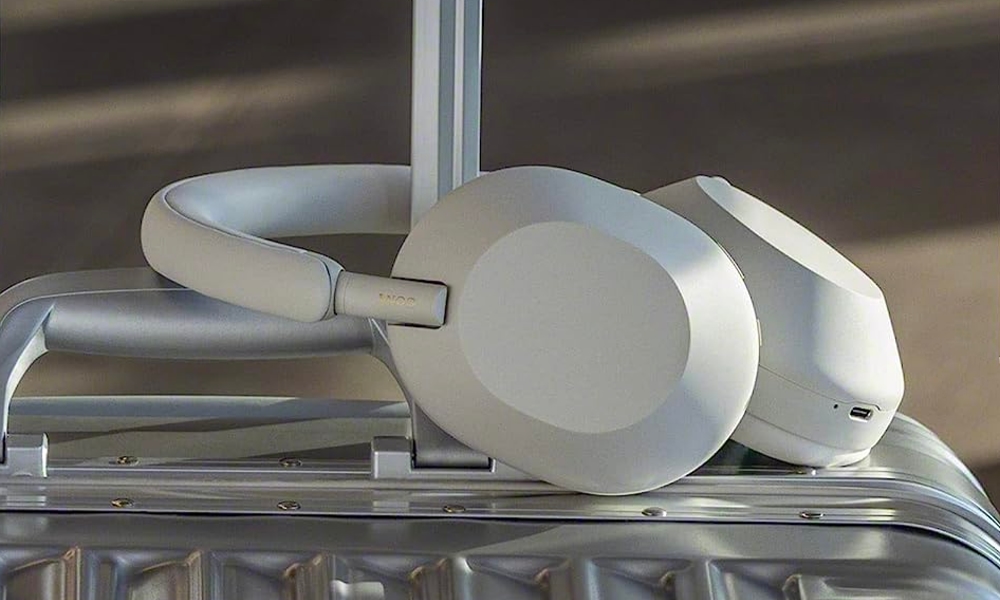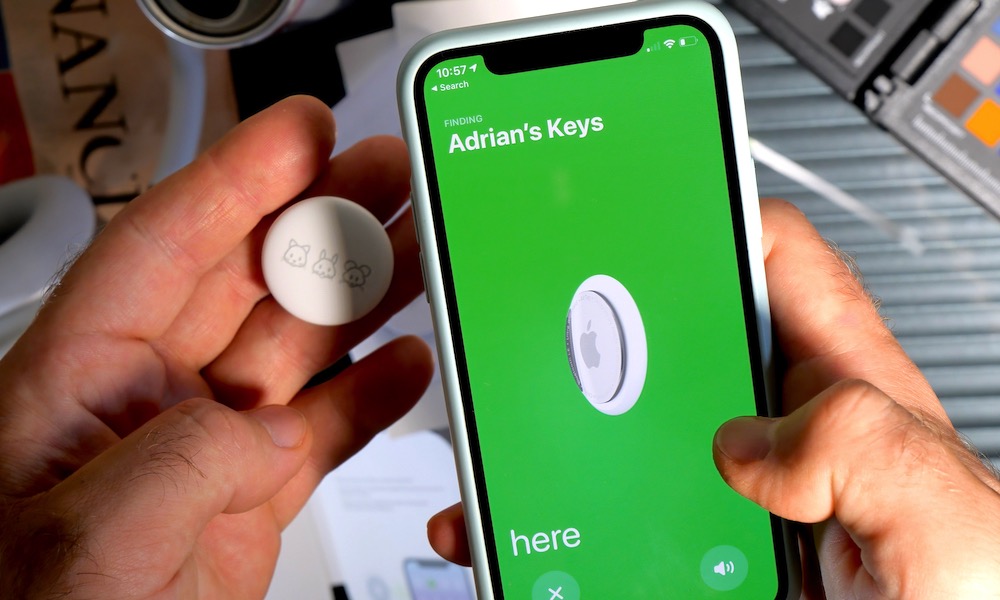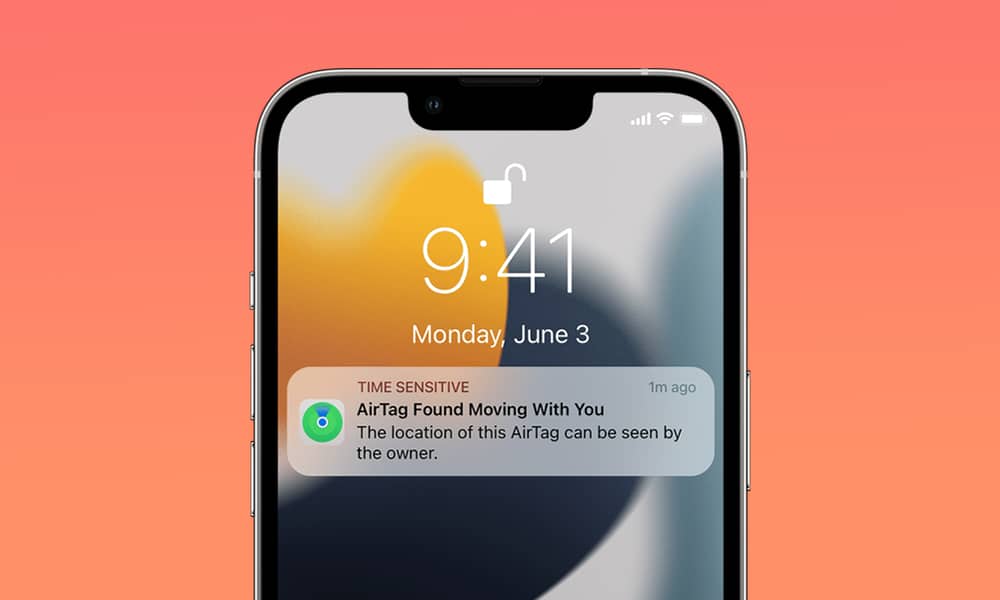Google Debuts Find My Device Network for Android
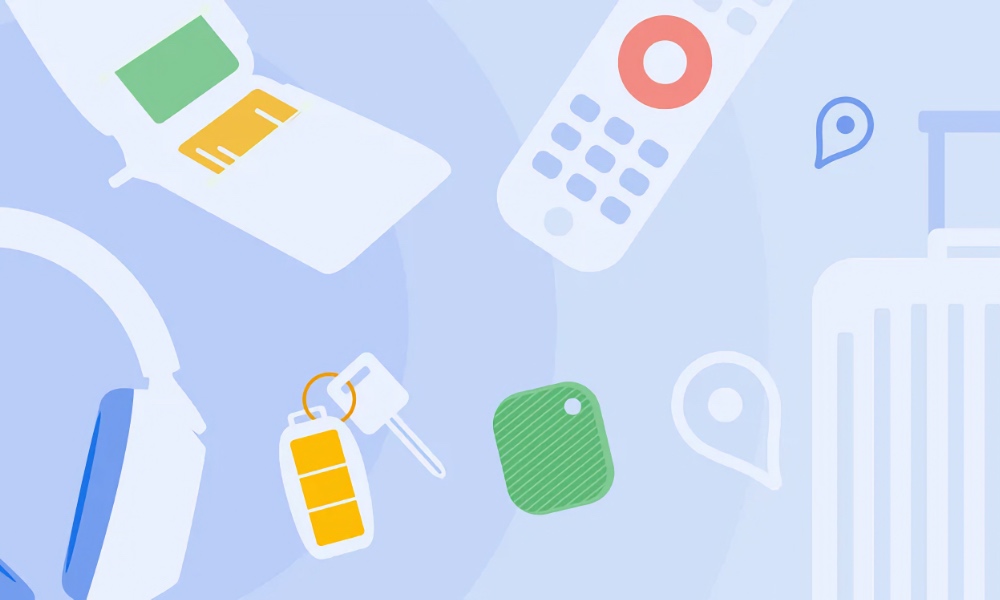
Toggle Dark Mode
Google has officially debuted its Find My Device network for Android-based devices. The network, which has been rumored to be in the works since 2021, replicates the functionality of Apple’s longstanding Find My network that allows users to locate Apple devices, supported third-party item trackers, and friends and family members.
Google’s Find My Device follows the same model adopted by Apple’s crowdsourced location network. It uses the millions of Android devices running Android 9 or later to track down a stolen, lost, or otherwise missing device. A lost Android device can ping any other nearby Android devices via Bluetooth, and the location information is then relayed back to its owner.
The network uses Bluetooth Low-Energy (LE), so even Android devices that are offline with no Wi-Fi or cellular connections can still relay their location back to their owner through other nearby Android devices. Some devices, including the Google Pixel 8 and Google Pixel 8 Pro can also be located even if they are powered off or the battery is dead, much like Apple’s Find My for iPhones.
The Find My Device network will add support for Bluetooth trackers from companies like Chipolo and Pebblebee, starting in May. Support for additional Bluetooth tags from eufy, Jio, Motorola, and more will be added later this year.
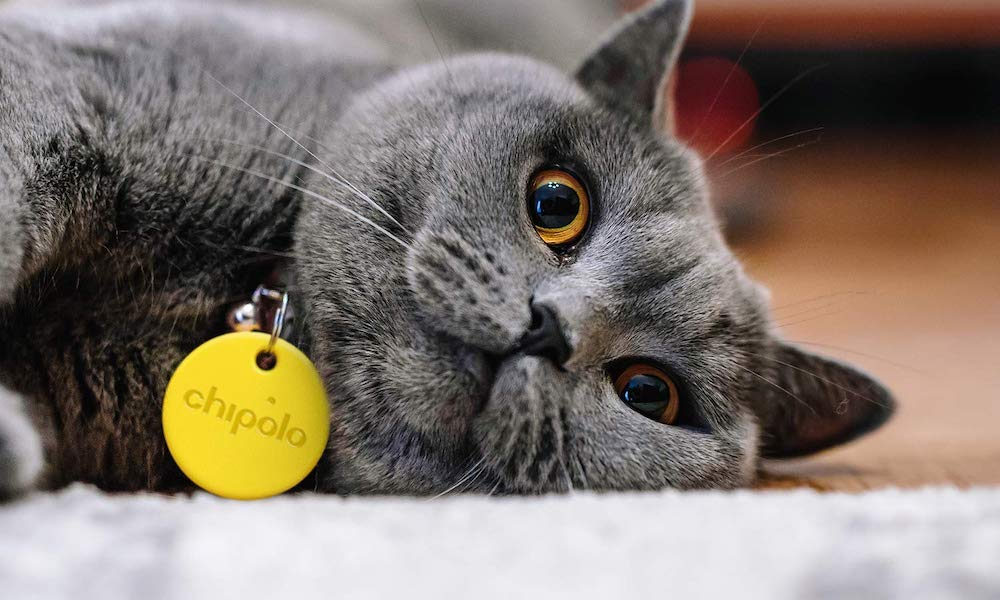
This will allow users to attach trackers to items to locate them with the Android network. Google doesn’t have plans to release its own Bluetooth trackers like Apple’s AirTags, although the third-party trackers will work in much the same way as they do with Apple’s Find My network. However, it’s unclear whether these companies will release dual-network trackers that support both the Apple and Google Find My solutions in a single device or if customers will have to choose their preferred tag at the time of purchase — and replace them if they decide to switch from Android to iPhone, or vice-versa.
Headphones from JBL, Sony, and others will also soon receive software updates that will make them trackable via Google’s Find My Device network, similar to how AirPods, Beats, and some Belkin earbuds work with Apple’s network.
As many lost items, like keys or a smartphone, are lost at home, Google’s Find My Device app also shows a lost device’s proximity to home Nest devices, providing an easy reference point for finding the device. However, Google’s network does not yet appear to support Ultra Wideband for AirTags-like Precision Finding.
Tracking of devices can also be shared, so more than one user can locate it with the app.
Google has worked in cooperation with Apple to prevent iPhone users from being tracked without their knowledge using the Android network, creating a specification that alerts both Android and iPhone users to receive alerts when an unknown item tracker is nearby, regardless of the brand of the tracking tag. Code in iOS 17.5 for the iPhone indicates Google waited until Apple implemented third-party tracker support before launching its tracking network.
Code found in the latest betas suggests that iOS 17.5 will add third-party item trackers to its “Found Moving With You” alerts, allowing the iPhone to recognize nearby Android-based trackers, as well as those from other manufacturers. “You can disable this item and stop it from sharing its location with the owner. To do this, follow the instructions provided on a website by the manufacturer of this item,” reads a portion of the iOS 17.5 code.
Google appears to have learned from the criticism leveled against Apple in the days following its launch of its AirTags. In the months following Apple’s AirTag launch, there were several reports of bad actors using AirTags for stalking exes, stealing cards, and otherwise misusing Apple’s tracking tags. Apple made several changes to its alerts, increasing the frequency of tracking alert notifications, and also released an Android app that detected an AirTag if it was nearby. Now, Apple and Google have cooperated to ensure a more permanent solution that will help to keep both iPhone and Android users safer.


